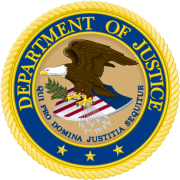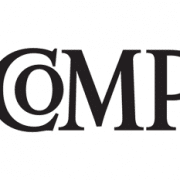Ethical Decision Making: Easy in Training, Harder in Reality
 Over the course of a workday, people make innumerable decisions ranging in degrees of severity, from critical to mundane. Often times, choices are made in a vacuum and are considered for only as long as it takes until the next intellectual dilemma or distraction demands our attention. A recent piece by Eugene Soltes in Harvard Business Review explores the difficulty around ethical decision-making, while also exploring the gap between attempts to train or educate people on organizational ethics and the real-world pressures people face when face with an ethical dilemma (or even recognizing that they may be in an ethical quandary).
Over the course of a workday, people make innumerable decisions ranging in degrees of severity, from critical to mundane. Often times, choices are made in a vacuum and are considered for only as long as it takes until the next intellectual dilemma or distraction demands our attention. A recent piece by Eugene Soltes in Harvard Business Review explores the difficulty around ethical decision-making, while also exploring the gap between attempts to train or educate people on organizational ethics and the real-world pressures people face when face with an ethical dilemma (or even recognizing that they may be in an ethical quandary).
Soltes, an Associate Professor of Business Administration at Harvard Business School, points to a variety of executive misdoings by ostensibly smart and talented— not to mention prominent— leaders that illustrate that even those under scrutiny and fully aware of their responsibility for shareholder funds can act in self-serving ways that, in retrospect, they realize are obviously unethical. And, as Soltes writes, in hindsight the fact that these were adverse decisions are not lost on these individuals, but in the moment they failed to consider the impact or consequences.
The question then becomes: why are we so consistently blind towards the ethics of our decisions? Content on our decision-making research page illuminates the concepts of bounded ethicality, ethical fading and the competing priorities of our “want” self versus our “should” self, all of which contribute to decisions that, in retrospect, can appear clearly unscrupulous.
Where the Soltes essay has the most relevance for today’s business is around corporate training. He identifies several prominent ways in which ethics training differs from real world scenarios, particularly relating to an individual’s ability to identify the existence of an ethics issue in the heat of the moment, and the time allotted to fully considering the consequences of a decision. Most relevant in real-life scenarios is the time pressure we are usually faced with when making a decision, i.e. it is more abbreviated than most exercises allow. Therefore, as Soltes says, “When there’s precious little time to deeply reflect on decisions, we rely on routines and the surrounding norms to dictate behavior.”
In addition to rewriting training scenarios to better reflect the situations in which decisions are made, the key— as we here at Ethical Systems have widely endorsed— is to look at culture / corporate environment as the most relevant area to affect broad, positive change. As per Soltes:
The challenge for organizations is to cultivate environments where ethical decisions are easier, not more difficult. Creating training exercises that better simulate the actual environment, circumstances, and pressures where ethical decisions are made is the first step toward addressing these critical challenges.
We encourage reading this piece and considering how you can adopt the findings to your company to induce more ethical decision making.
*image courtesy of Harvard Business Review
Further Reading:
- Never Black and White: Eugene Soltes exposes the gray (book summary)
- Decision Making (research page)
- Corporate Culture (research page)








